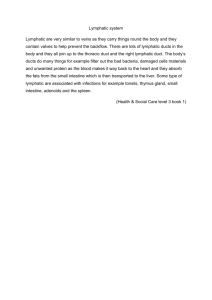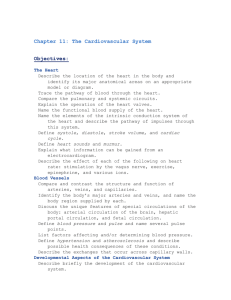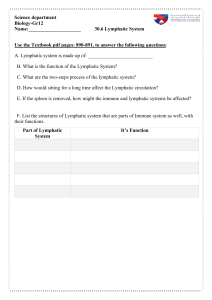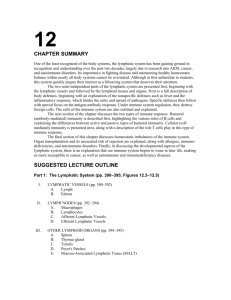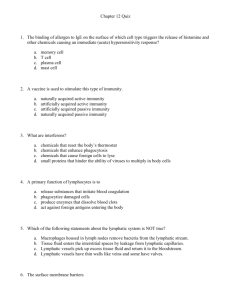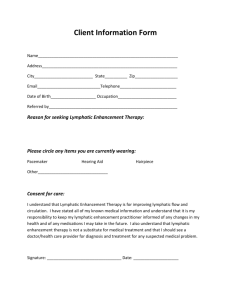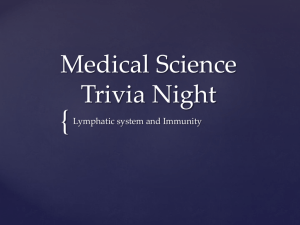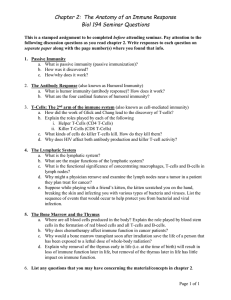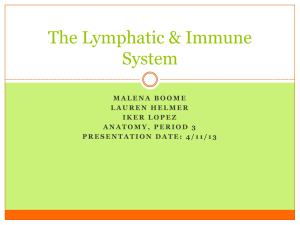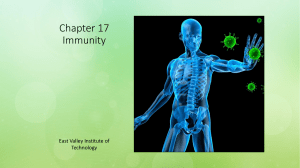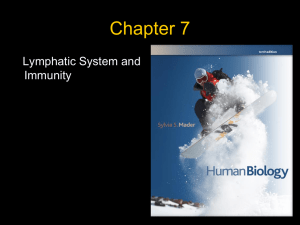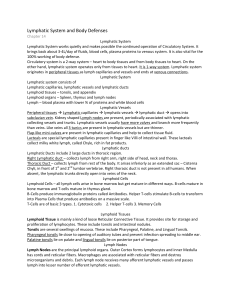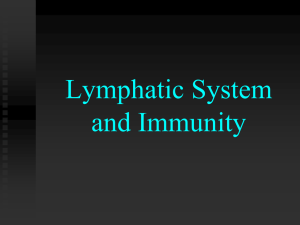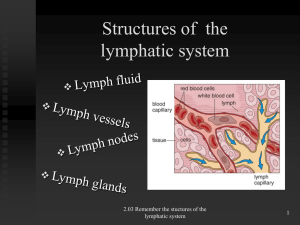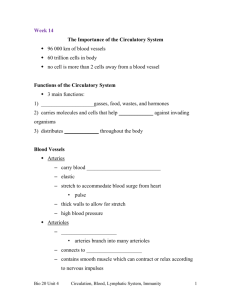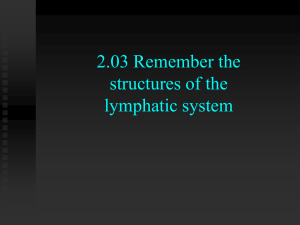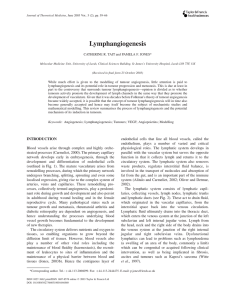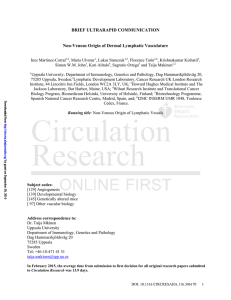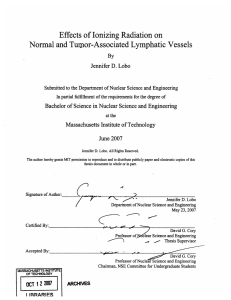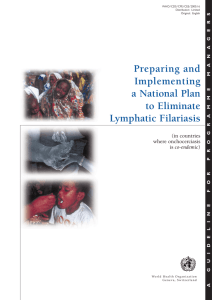Study Guide
advertisement
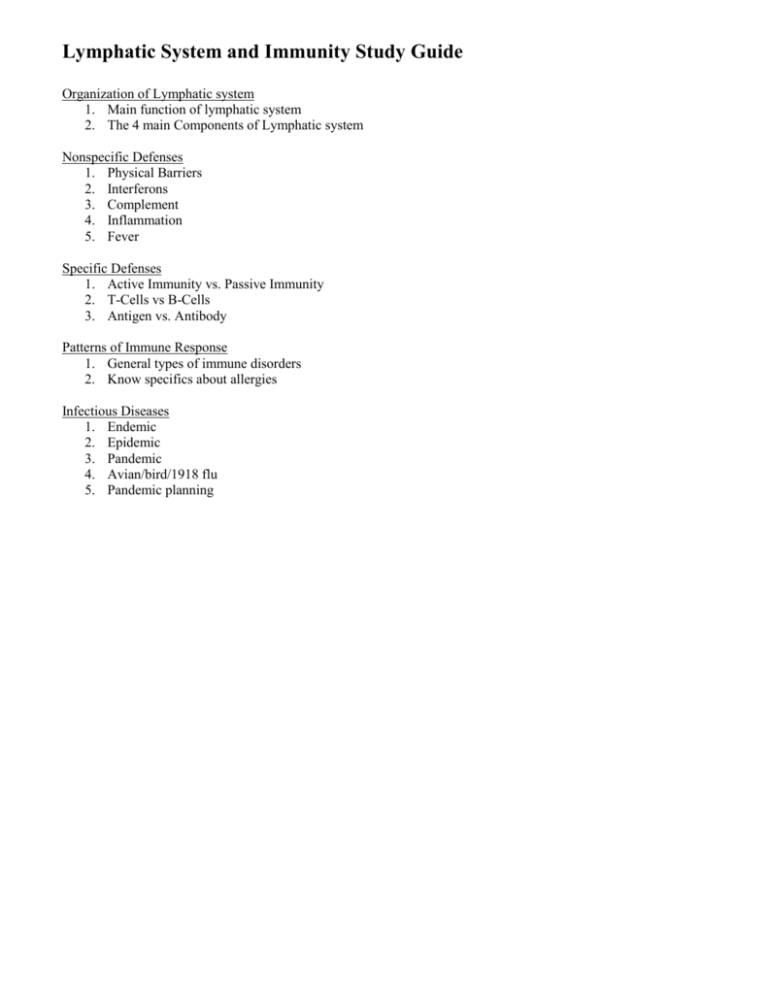
Lymphatic System and Immunity Study Guide Organization of Lymphatic system 1. Main function of lymphatic system 2. The 4 main Components of Lymphatic system Nonspecific Defenses 1. Physical Barriers 2. Interferons 3. Complement 4. Inflammation 5. Fever Specific Defenses 1. Active Immunity vs. Passive Immunity 2. T-Cells vs B-Cells 3. Antigen vs. Antibody Patterns of Immune Response 1. General types of immune disorders 2. Know specifics about allergies Infectious Diseases 1. Endemic 2. Epidemic 3. Pandemic 4. Avian/bird/1918 flu 5. Pandemic planning Medical Science Immune Self Check Name__________________ Date_____________Hr___ True/False: 1._____ T-Cells are considered to be part of the non-specific defenses of the human body. 2._____ Antibodies are produced by B-Cells. 3._____ Viruses can be treated with antibiotics. 4._____ The fluid found in the lymphatic system is called plasma. 5._____ One of the organs of the lymphatic system is the spleen. 6._____ Skin creates a physical barrier between you and the outside world. 7._____ A good example of a lymphocyte would be a red blood cell. 8._____ When you get sick your glands have the tendency to swell. Directions: Answer the following questions as completely as possible. 9. What structure on bacteria do antibiotics normally target? 10. Why are certain antibiotics not as effective as they once were? 11. What is a vaccine and how is it beneficial in preventing the spread of disease? 12. What type of T-cell stays in your body long after you have fought off an infection? What is its purpose for sticking around? 13. Give examples of non-specific defense. 14. Generally, when a fever strikes, medicine is taken to bring down the temperature. Why is this not always beneficial? 15. List the parts of the lymphatic system. 16. What are the two ducts that collect lymph? 17. List the four categories of specific defense immunity.
